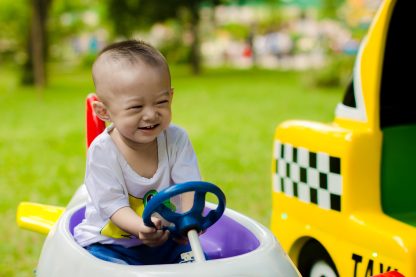Table of Contents
Screening Procedures
Effective screening procedures are essential in ensuring the safety and security of children in the care of babysitters. Employers should conduct thorough background checks on potential babysitters, including criminal history, driving records, and reference checks. It is important to verify the identity of the babysitter and confirm their qualifications and experience in caring for children. Employers should also inquire about any certifications or training the babysitter has completed, such as CPR and first aid certification. By conducting comprehensive screening procedures, employers can ensure that they are hiring trustworthy and qualified individuals to care for their children.
On-Demand Childcare in Your Neighborhood
Book a Sitter
Training and Education
Providing training and education to babysitters is critical in preparing them to handle the responsibilities of caring for children. Employers should provide babysitters with information on child development, safety protocols, and emergency procedures. Babysitters should be trained in basic first aid and CPR to address medical emergencies that may arise while caring for children. Employers should also provide babysitters with guidelines on appropriate behavior, disciplinary techniques, and communication with parents. By investing in training and education for babysitters, employers can ensure that they are well-prepared to provide quality care for children.
Communication
Effective communication is key to ensuring the safety and well-being of children in the care of babysitters. Employers should establish open lines of communication with babysitters, providing them with contact information and emergency procedures. Babysitters should be encouraged to communicate regularly with parents, providing updates on the children’s activities, routines, and any concerns that may arise. Employers should also establish guidelines for communication between babysitters and children, emphasizing the importance of respectful and clear communication. By fostering strong communication between employers, babysitters, and children, employers can ensure that everyone is informed and connected.

Emergency Preparedness
Being prepared for emergencies is essential in ensuring the safety of children in the care of babysitters. Employers should provide babysitters with detailed information on emergency procedures, including contact information for parents, emergency services, and medical providers. Babysitters should be trained in responding to medical emergencies, such as choking, burns, and injuries. Employers should also provide babysitters with a first aid kit and emergency supplies to address common medical issues.
By prioritizing emergency preparedness, employers can ensure that babysitters are equipped to handle unexpected situations and provide prompt and effective care for children.
Ongoing Monitoring
Monitoring the performance of babysitters is essential in ensuring the continued safety and well-being of children in their care. Employers should regularly check in with babysitters to assess their performance, address any concerns, and provide feedback on their care of the children. Babysitters should be encouraged to report any incidents or issues that arise while caring for children, allowing employers to address them promptly. Employers should also conduct periodic evaluations of babysitters to ensure that they continue to meet safety standards and provide quality care for children. By implementing ongoing monitoring procedures, employers can maintain a high level of safety and security for children in the care of babysitters.
In conclusion, implementing safety procedures is essential in ensuring the well-being of children in the care of babysitters. Employers should prioritize screening procedures, training and education, communication, emergency preparedness, and ongoing monitoring to create a safe and secure environment for children. By following the guidelines outlined in this guide, employers can hire trustworthy and qualified babysitters who are equipped to provide quality care for children. By taking proactive measures to establish safety procedures, employers can have peace of mind knowing that their children are in good hands.










